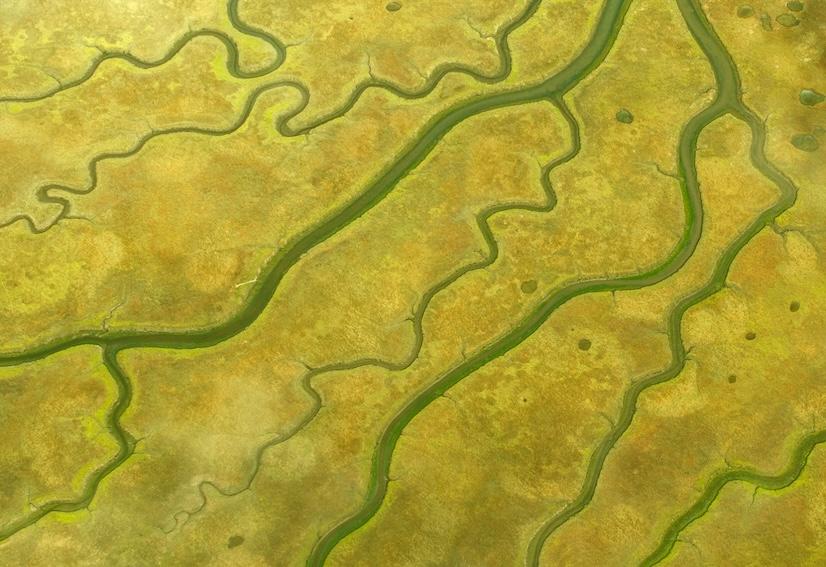Naming a geographical feature isn’t just about pinpointing a place on the map—it’s about crafting a name that resonates, endures, and inspires. Whether you’re branding a new park or a trail, or renaming a feature that has existed for millions of years, the name you choose can shape how people perceive and connect with the location.
So, how do you approach naming a geographical feature in a way that is meaningful and memorable? Let’s dive in.
1. Start with the Story
Every geographical feature has a story, whether it’s tied to its natural characteristics, historical significance, or future vision. A compelling story provides a foundation for a name that feels authentic and evocative. Ask yourself:
- What’s unique about this feature? Is it the towering cliffs, rolling hills, or serene waters?
- Does it have cultural or historical significance? Indigenous names, local legends, or notable events can inspire meaningful names.
- What future experiences or emotions will this place evoke? Adventure, tranquility, community?
Rooting the name in the feature’s story ensures it feels anchored and genuine.
2. Reflect the Landscape
Geographical features are inherently tied to their physical attributes. Names that reference these characteristics can create an immediate mental image. Consider:
- Descriptive terms: Words like “bluff,” “valley,” or “gulf.”
- Flora and fauna: Highlight local wildlife or plant life, like “Redwood Canyon” or “Eagle’s Peak.”
- Geological traits: Terms like “Granite Ridge” or “Sapphire Basin” can hint at the area’s natural composition.
Descriptive names help people visualize and connect with the location instantly.
3. Honor Local Heritage
A name that acknowledges the history, culture, or people of the region can build a stronger connection to the community. Explore:
- Indigenous languages and names: Collaborate with local tribes or groups to incorporate names with historical roots. This can show a deep understanding of history and respect for the communities who live near the feature.
- Historical figures or events: Names referencing a figure or event tied to a geographical feature can honor the past. However, be sure the historical figure or event is actually connected to the feature you are naming to avoid looking foolish. For example, the name Mount McKinley is misleading as President McKinley never visited Mount McKinley and had nothing to do with the great Alaskan peak better known as Denali.
- Cultural traditions: Draw inspiration from local art, music, or folklore. This is another way to show deep respect and understanding of communities, when done in collaboration with local groups.
Respectful naming can foster pride and demonstrates an understanding of the world we live in..
4. Ensure Practicality
While creativity is important, practicality matters too. Consider:
- Pronunciation: Is it easy to say and spell?
- Longevity: Will the name age well over decades?
- Domain and social media availability: If your feature has an online presence, check for URL and handle options.
- Avoid redundancy: Research to ensure your name isn’t already in use nearby.
A practical name avoids confusion and ensures long-term usability.
5. Leverage Emotional Resonance
The best names evoke feelings. Think about:
- Aspirational tones: Names like “Summit View” or “Horizon Park” inspire awe and possibility.
- Nostalgia: “Whispering Pines” or “Golden Meadow” may evoke warmth and familiarity.
- Adventure and discovery: “Explorer’s Cove” or “Trailblazer Ridge” spark curiosity.
Emotionally resonant names create deeper connections with visitors and locals alike.
6. Test and Validate
Before finalizing a name, test it with your target audience. Use surveys, focus groups, or community forums to gather feedback. Ask:
- Does it resonate?
- Is it relevant to meaningful?
- Is it easy to pronounce and spell?
- Does it align with the feature’s story and character?
Community involvement not only strengthens the name’s appeal but also fosters local pride and ownership. A decision made by one person is not a smart way to go when naming or renaming a large geographical feature.
Conclusion
Naming a geographical feature requires a thoughtful balance of creativity, cultural awareness, and practicality. By anchoring the name in a true story, reflecting the landscape, and ensuring it resonates emotionally and practically, you’ll create a name that endures.
